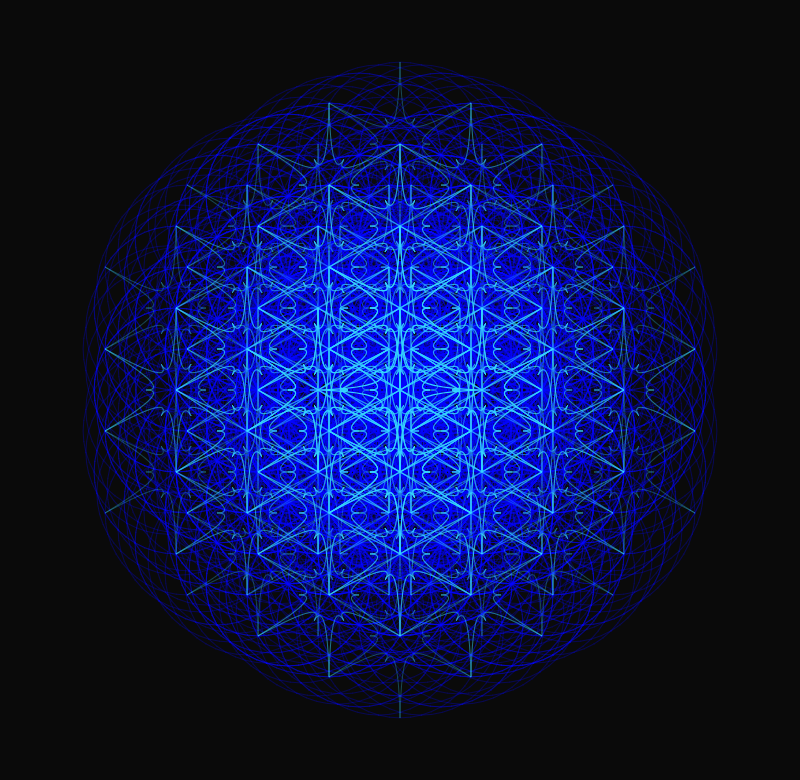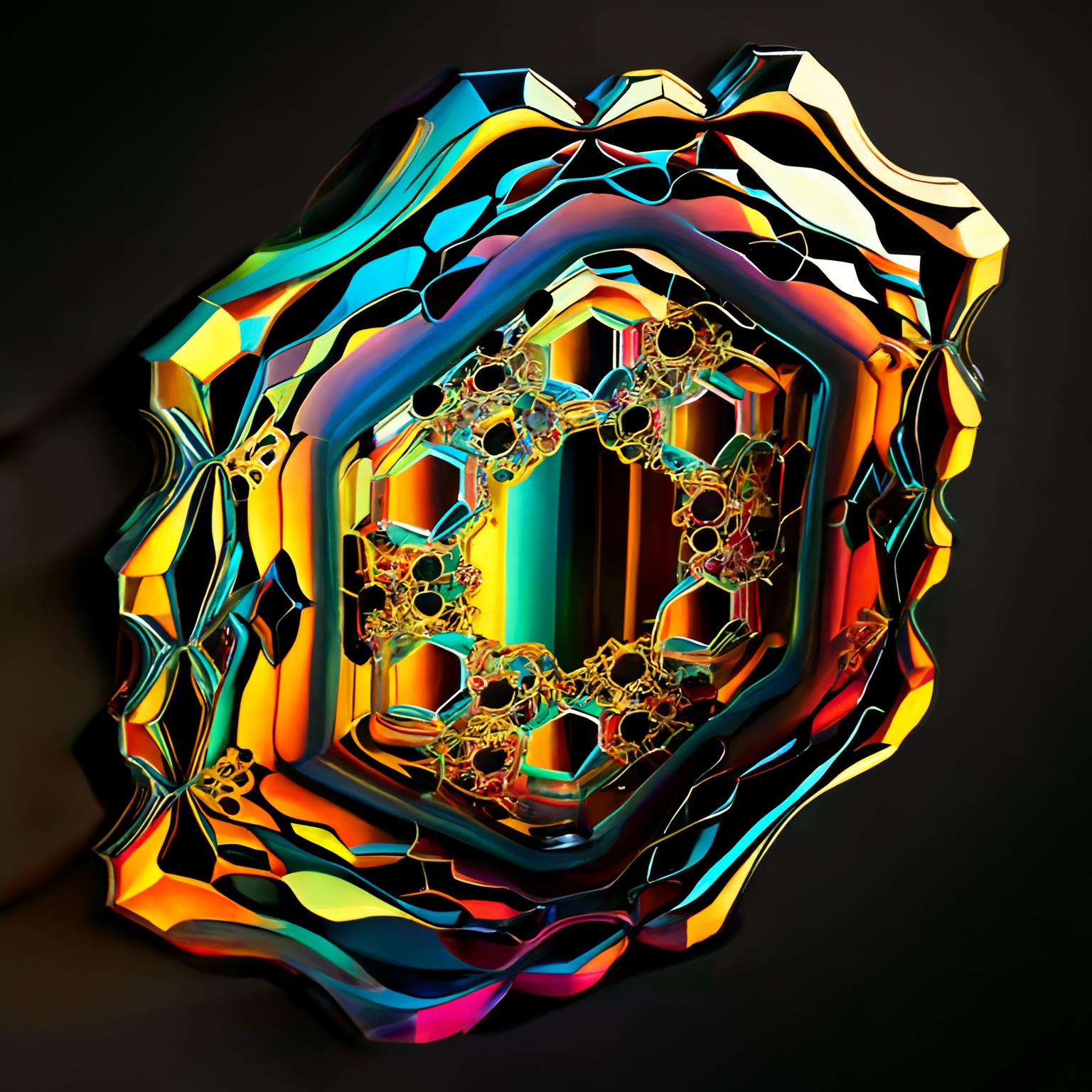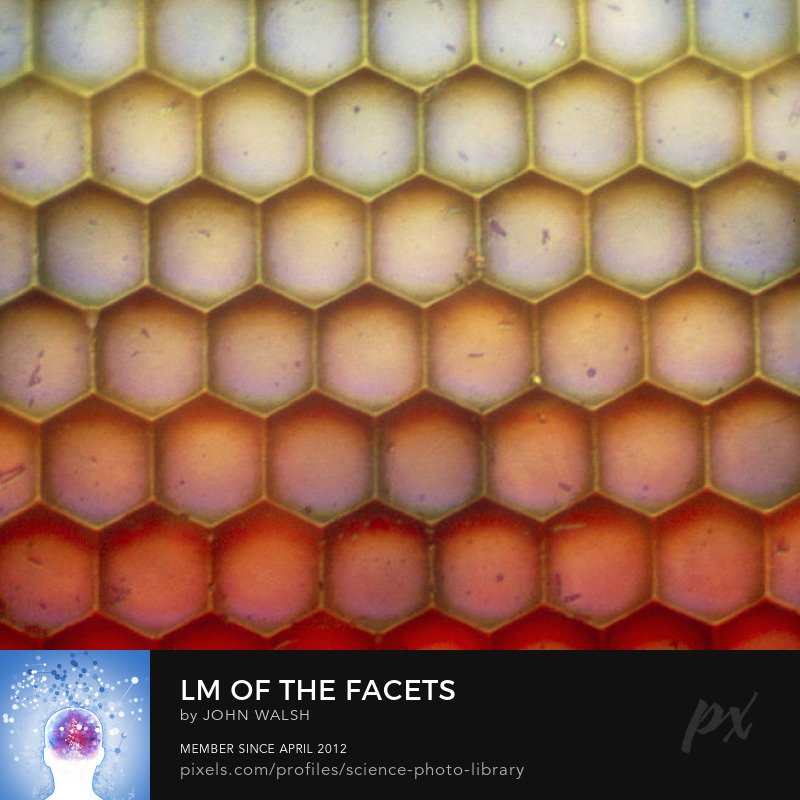ASTRAL DIVING 4: Can we experience the holographic universe?
AI generated hexagonal, ommatidia eye. Sort of.
If I were to ask ChatGPT what a holographic universe is, it would sample the general information available on the internet and reiterate it into a kind of holographic fluff theory. When I scroll through Instagram there are a number of posts that focus on resonance, fractals, cymatics and so forth, with a general consensus that there is some other kind of multi-dimensional or hyperdimensional texture to our universe. Many infer the existence of a greater reality through the patterns that manifest in nature, whether in “cold” atomic nature or in the bionature of flora and fauna.
This is what I got when I prompted ChatGPT. Hmm…
ChatGPT bombed when I asked it my question. The short of it is that while theories of a holographic universe are quite interesting and fantastical, our technology-based science would only be interested in it if it could use it to make a faster rocket or cure cancer. Possibly, a holographic universe isn’t a practical tool. And unless we can experience it directly, it is only just a theory. So what I will be proposing here is twofold: first, that we live in a hex-holographic universe and second, we can directly experience it through hypnagogia. Let’s start by taking a closer look at the hexagonal eye(s) of an insect.
Compound insect eyes (or ocular organs) consist of hundreds of miniature, hexagonal eyes. The close-packed cellular eyes, called ommatidia, are hexagonal.
The general theory of how ommatidia work is that they are individual lenses that both curve and sort of “geometrify” what is seen. Let’s flip this. What if the holographic universe is close-packed, holographically hexagonal, like a veneer of resonant hexagonal forms. And what if insects see it for what it is. Butterflies can make it from my North American garden to Mexico for winter hibernation with these eyes. And I don’t think it’s because they need a 3D map. I think they follow the holographic resonance.
Perhaps it is the singular ocular organ of the human that smooths and telescopes the hex-holographic universe into 3D depth of field. This is far-fetched when theory is is language-based. What if we think this through in our ability to think in light? Visual meditation is just such a process, of thinking in light.
Credit to John Walsh for the close up of a dragonfly eye above and contributor Roshan Nair to WolframWorld for a model.
When I close my eyes and shift into hypnagogic meditation, I do indeed see hexagonal textures. I am conscious of light, this light is part of my consciousness, and it is many-layered and hexagonal. The more I’ve devoted myself to this kind of meditation, the more I have had and continue to have geometrically visual experiences that do not seem to be located anywhere. Do I have an inner insect eye? OR is the insect eye an early holographic iteration of a hex-holographic universe? A universe looking at itself?
Does a bee see individual hexagons or does it navigate a hex-holographic universe? Both its eyes and its hive are hexagonal.
We’ve all seen holograms by now, as apparent 3D projections from plates upon which the essential waveforms we experience as 3D have been collapsed into 2D. Is it possible that we live in a 2D universe that is projected into 3D by us? Is time the telescoping function? There are many questions and many answers.
The most important part of the holographic theory I propose is that it can be directly experienced. How? Through immersive hypnagogia. And how do you get there? Well, I got there by trying to figure out if biophotons fire in the retina - and not by doing decades of yogic meditation or anything like that. In fact it took me about a month. I have an app in development you will be able to use in 2023 to start the same path.
Stay tuned…





